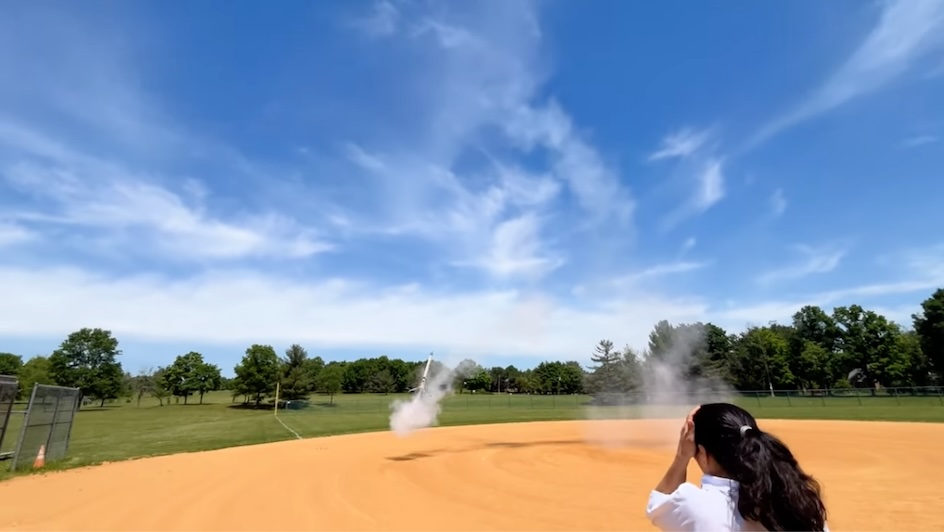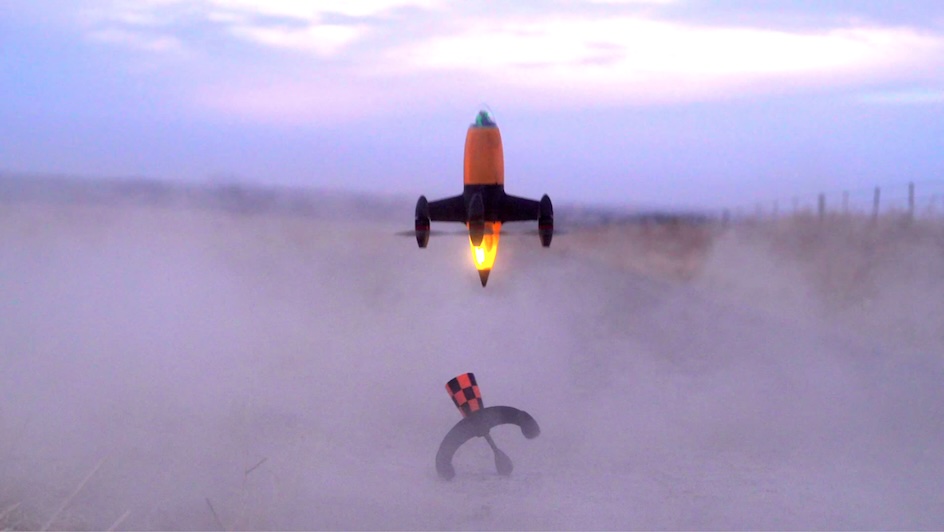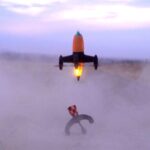Young Rocket Enthusiast Reaches New Heights

After three years of diligent work, American high school student Aryan Kapoor has successfully created a model rocket that lands vertically, a complex feat often associated with SpaceX’s challenging rocket science endeavours.
Kapoor began his ambitious project in August 2021. During initial tests in 2023, the rocket’s barometer inaccurately measured altitude, but subsequent flights have since utilised an accelerometer for improved accuracy. After four attempts, Kapoor finally achieved a successful landing on his fifth try in May 2024.
During its successful flight, Kapoor’s rocket encountered an issue when it failed to eject the first spent propellant, adding extra weight. Despite this, the rocket landed upright twice due to its innovative springy legs, rigged with repurposed syringes and rubber bands as shock absorbers.
Unlike traditional model rockets, his design employs thrust vector control, rather than fins for stability. This advanced system allows the rocket’s engine to pivot, offering precise control over its flight path.
Impressively, the rocket’s flight is fully automated by custom-developed software – which proved to be the most difficult part of the project – that makes all in-flight decisions, including steering and igniting the landing motor.
The achievement somewhat mirrors SpaceX’s years-long efforts to perfect vertical landing for their Falcon 9-series rocket. Kapoor’s model, however, is an original design that utilises a stack of two solid-propellant motors: one for lift-off, and another for descent and soft landing.
The rocket’s stability is managed through a 3D-printed gimbal mount and two servo motors, enabling the engine to pivot in multiple directions.
Clearly, Kapoor’s successful rocket project demonstrates the potential of young innovators in the field of aerospace engineering.
Image Credit: Source





















